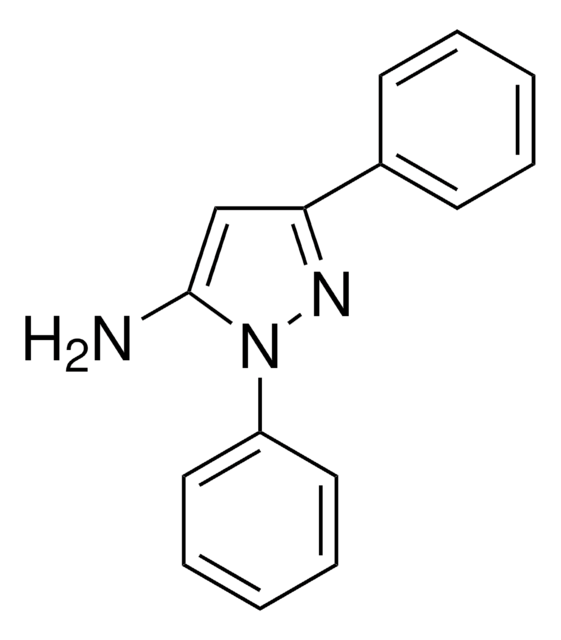204250
Rubidium chloride
99.95% trace metals basis
Sinonimo/i:
Rubidium monochloride, Rubidium(1+)chloride
About This Item
Prodotti consigliati
Saggio
99.95% trace metals basis
Forma fisica
powder and chunks
Impurezze
≤550.0 ppm Trace Metal Analysis
Punto di fusione
715 °C (lit.)
Densità
2.8 g/mL at 25 °C (lit.)
Stringa SMILE
[Cl-].[Rb+]
InChI
1S/ClH.Rb/h1H;/q;+1/p-1
FGDZQCVHDSGLHJ-UHFFFAOYSA-M
Cerchi prodotti simili? Visita Guida al confronto tra prodotti
Categorie correlate
Applicazioni
- A Study on the Removal of Impurity Elements Silicon and Zinc from Rubidium Chloride by Vacuum Distillation: This research focuses on the purification of rubidium chloride from impurities like silicon and zinc, which is crucial for maintaining the quality and effectiveness of this compound in various applications (Cui et al., 2024).
- Effect of a Rubidium Chloride Carrier Confinement Layer on the Characteristics of CsPbBr3 Perovskite Light-Emitting Diodes: This article explores the impact of rubidium chloride as a confinement layer in light-emitting diodes, enhancing the performance of these devices, relevant for chemists working on advanced materials and electronic devices (Li et al., 2022).
- Rubidium chloride modulated the fecal microbiota community in mice: This research assesses the effects of rubidium chloride on the fecal microbiota in mice, providing insights that could be useful for studies related to gut health and its impact on overall well-being (Chen et al., 2021).
Codice della classe di stoccaggio
11 - Combustible Solids
Classe di pericolosità dell'acqua (WGK)
WGK 2
Punto d’infiammabilità (°F)
Not applicable
Punto d’infiammabilità (°C)
Not applicable
Dispositivi di protezione individuale
Eyeshields, Gloves, type N95 (US)
Certificati d'analisi (COA)
Cerca il Certificati d'analisi (COA) digitando il numero di lotto/batch corrispondente. I numeri di lotto o di batch sono stampati sull'etichetta dei prodotti dopo la parola ‘Lotto’ o ‘Batch’.
Possiedi già questo prodotto?
I documenti relativi ai prodotti acquistati recentemente sono disponibili nell’Archivio dei documenti.
I clienti hanno visto anche
Il team dei nostri ricercatori vanta grande esperienza in tutte le aree della ricerca quali Life Science, scienza dei materiali, sintesi chimica, cromatografia, discipline analitiche, ecc..
Contatta l'Assistenza Tecnica.










